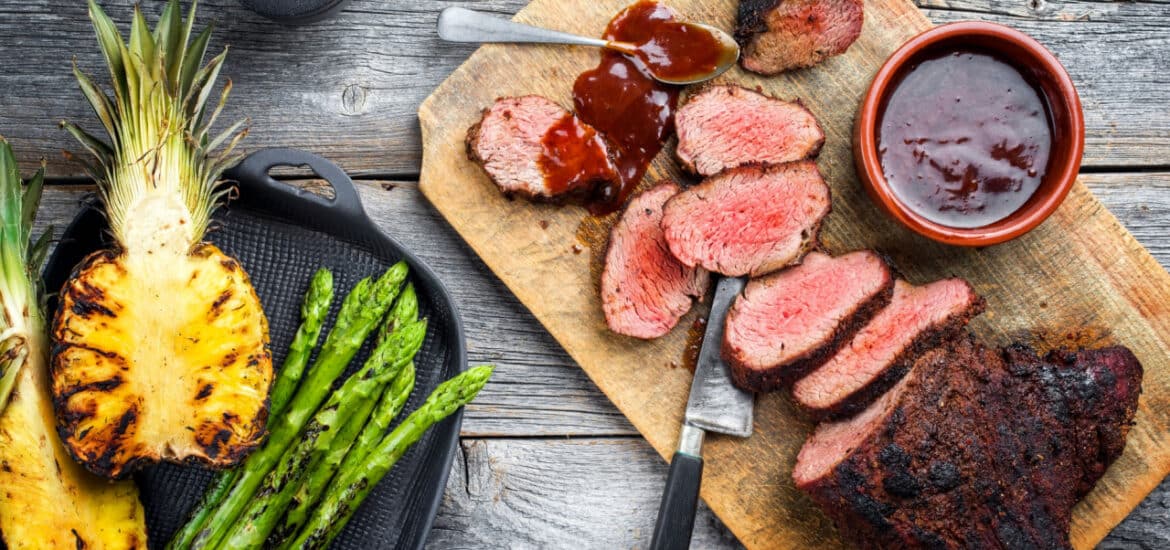It’s easy to be lured by the allure of exotic ingredients and luxurious dishes, especially with social media and celebrity chefs telling us truffle oil, saffron, and random exotic ingredients are everyday pantry staples. In reality, however, not every high-priced item offers a culinary experience that justifies its cost. As a savvy food lover, you should know which gourmet foods might not be worth the splurge.
1. Truffle Oil
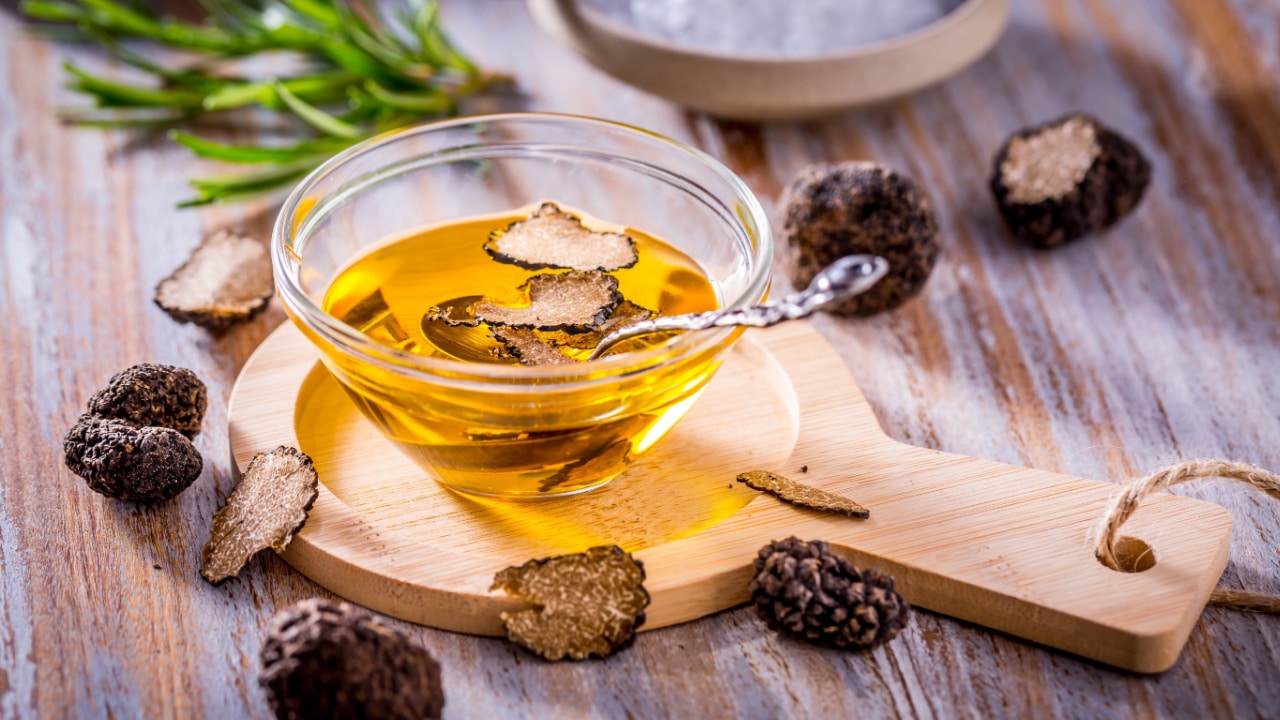
Truffle oil is marketed as a luxurious addition to dishes, promising the rich, earthy flavor of truffles. But did you know that most commercial truffle oils don’t contain real truffles? Instead, they’re flavored with synthetic compounds. The artificial taste is a far cry from the complexity of real truffles, making truffle oil an overpriced and inauthentic choice for true truffle flavor.
2. Wagyu Beef
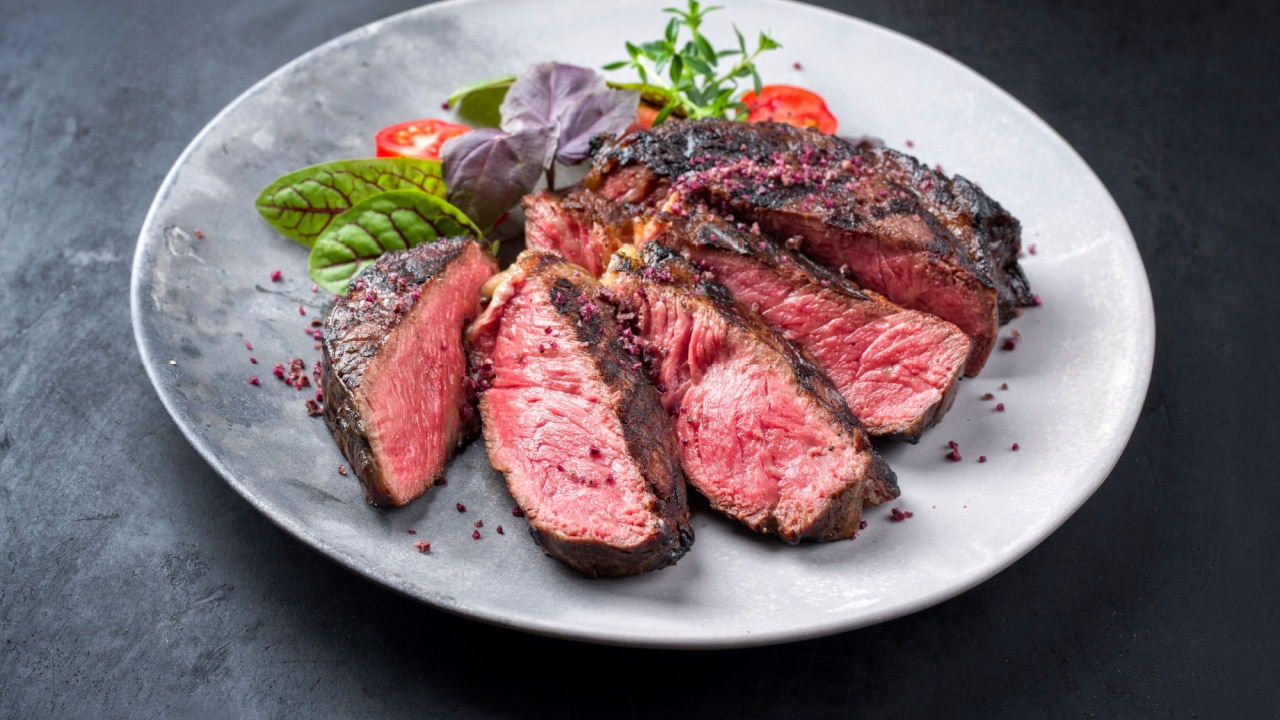
Wagyu beef, known for its intense marbling and rich flavor, has a really high price. In 2023, American Waygu beef sold for up to $150 per pound. While it offers a unique taste, the price is, in my opinion, exorbitant compared to other high-quality beef cuts. Often, the subtle nuances of Wagyu are lost in certain preparations, making it an extravagant expense that might not live up to expectations in every dish.
3. Bottled Water from Exotic Locations
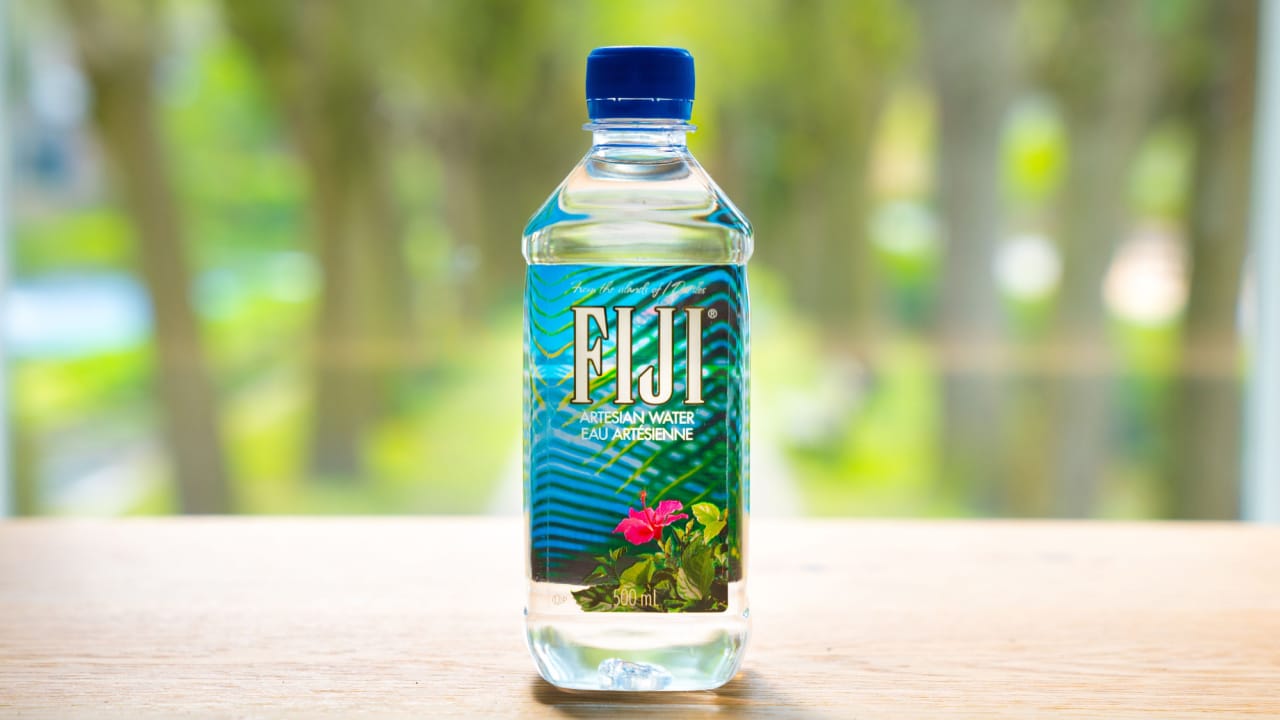
High-priced bottled waters from remote or exotic locations have claims about unique mineral profiles and purity that make us consider them healthier or somehow better for us. However, in most cases, the taste difference compared to regular, far less expensive bottled water is negligible. The premium price is more about the branding and perceived exclusivity than a superior product.
4. Gold Leaf
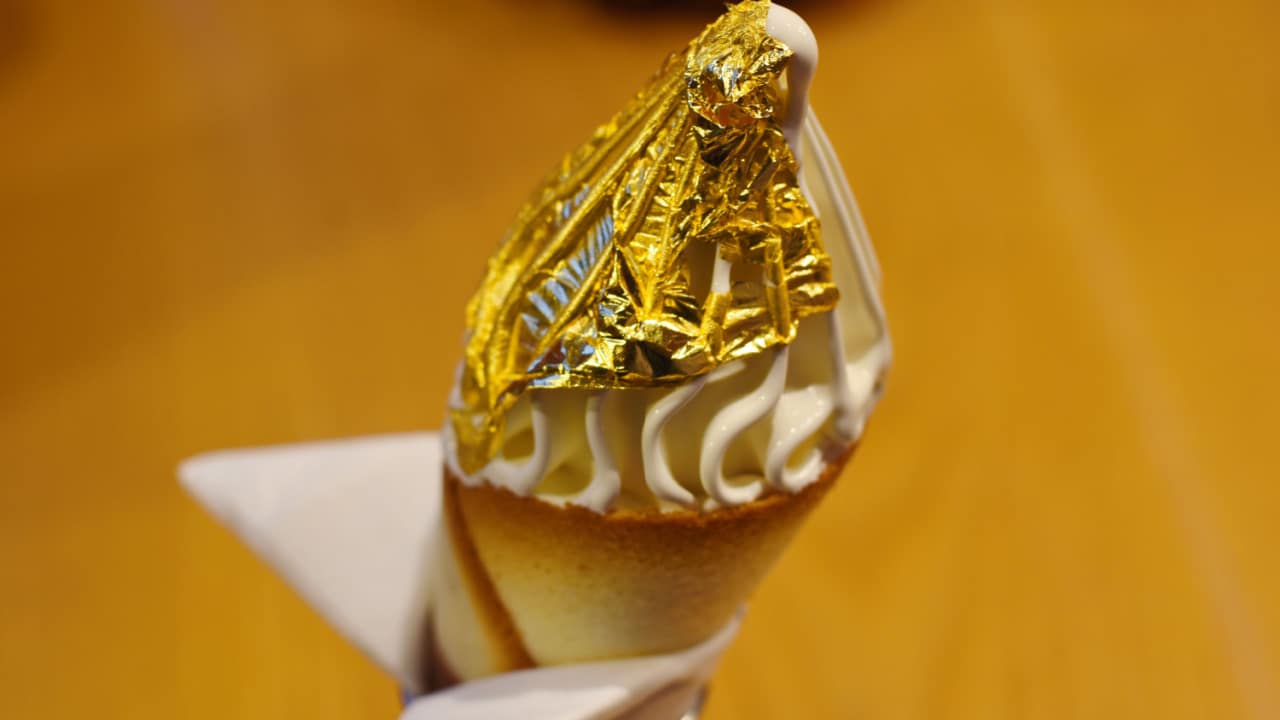
Gold leaf is used in some gourmet dishes and cocktails for a touch of opulence. While it’s visually striking, gold leaf has no flavor and doesn’t enhance the dish’s taste. It’s purely decorative, making it an expensive and unnecessary addition if you’re seeking culinary value. I have, however, been known to use just a smidge of gold leaf when making something extra special, like a large celebration cake that benefitted from that added touch of luxury.
5. Caviar
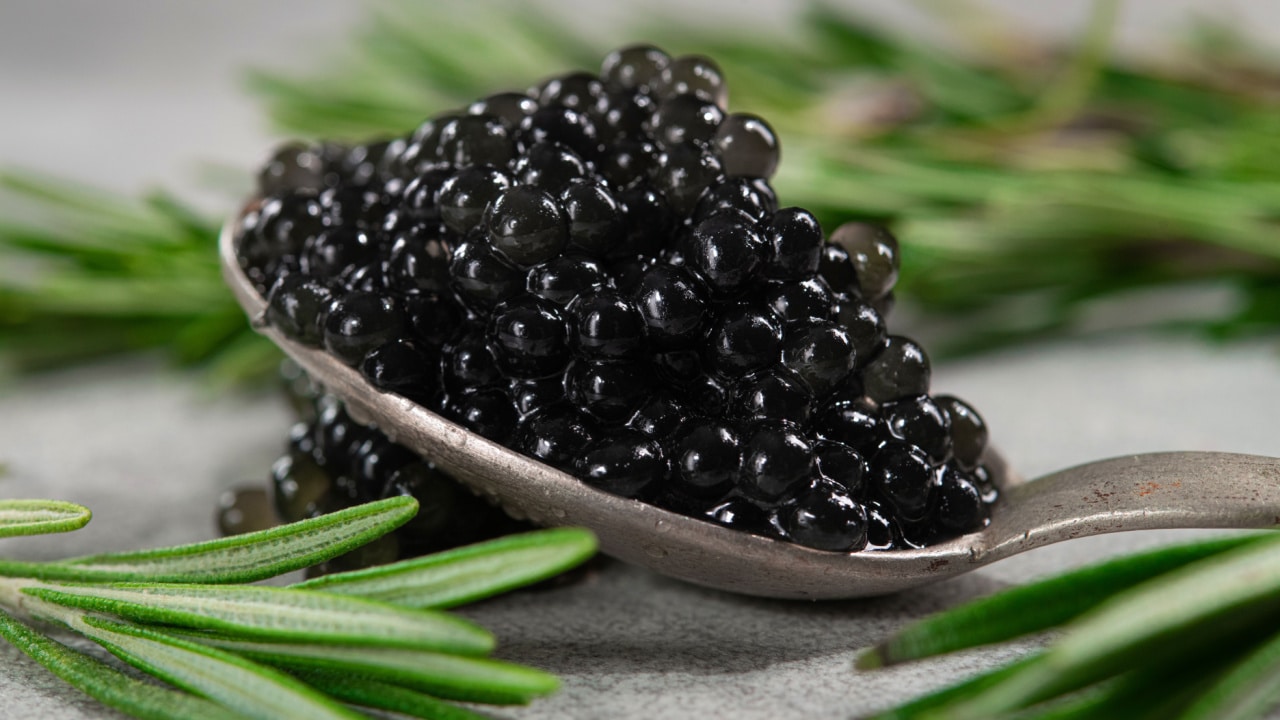
6. Saffron
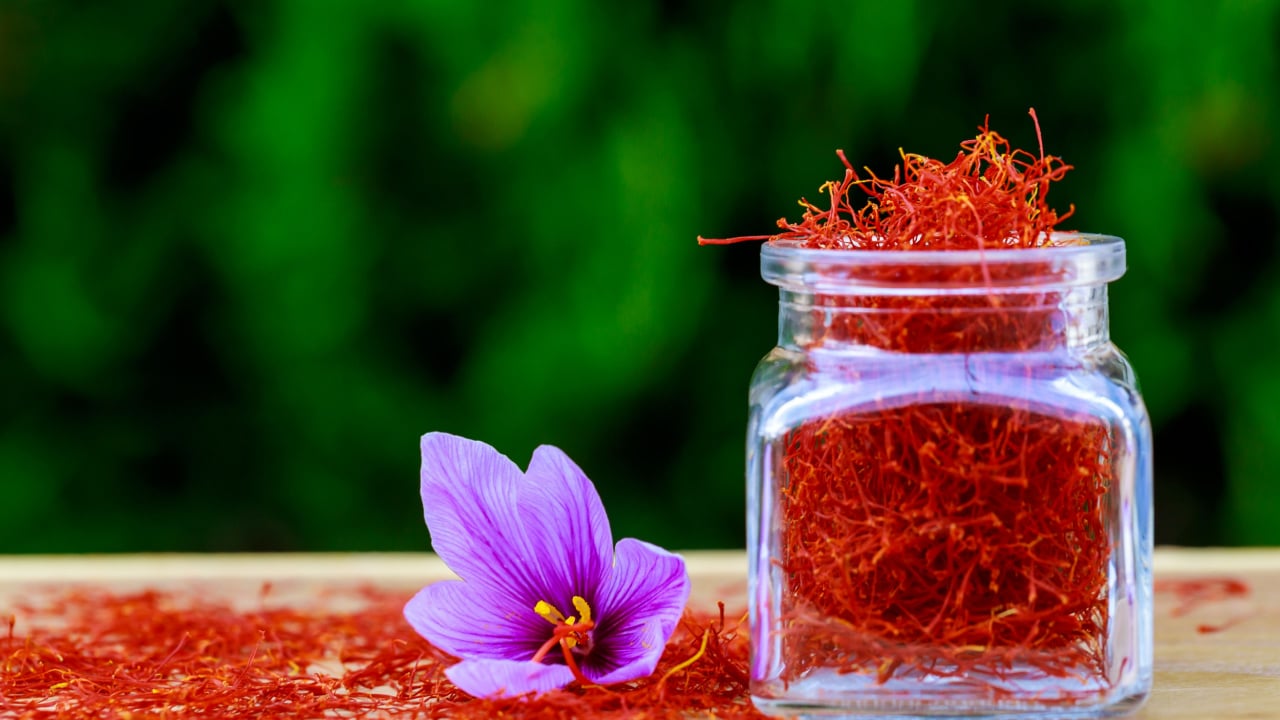
Saffron, known as the world’s most expensive spice, is prized for its distinct flavor and aroma. However, its high cost – due to the labor-intensive harvesting process – might not always translate into a noticeably better dish, especially when used in smaller quantities. You can easily substitute cheaper alternatives like turmeric, annatto, or safflower.
7. Gourmet Salts
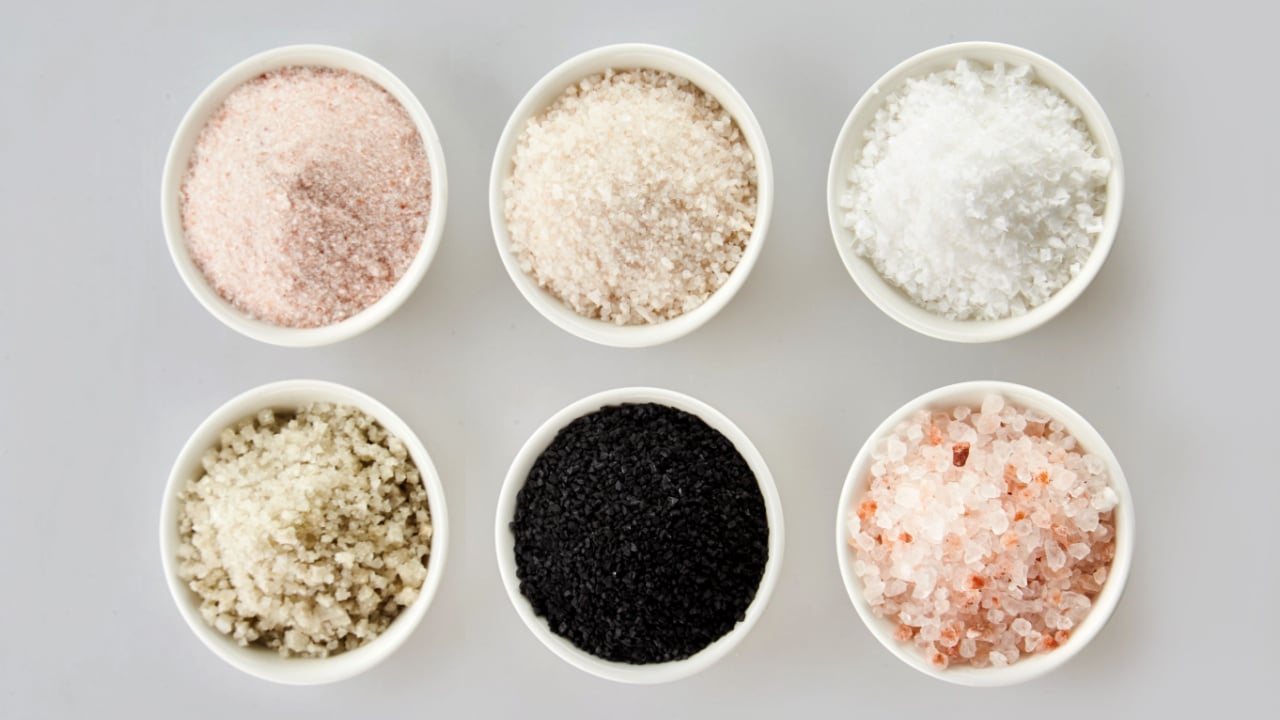
Gourmet salts, like Himalayan pink salt or Fleur de Sel, are significantly more expensive than regular salt. While they offer unique textures and subtle flavor differences, these distinctions are often lost in most dishes. For most culinary uses, regular salt can suffice without the hefty price tag. Many salt products justify the high prices with claims about healthful benefits, unique mineral properties, and so on. But this is more hype than anything else. I use Celtic mineral sea salt, as I like the taste and texture, and don’t see the harm in adding a few extra trace minerals without an unnecessarily high cost.
8. Artisan Cheese
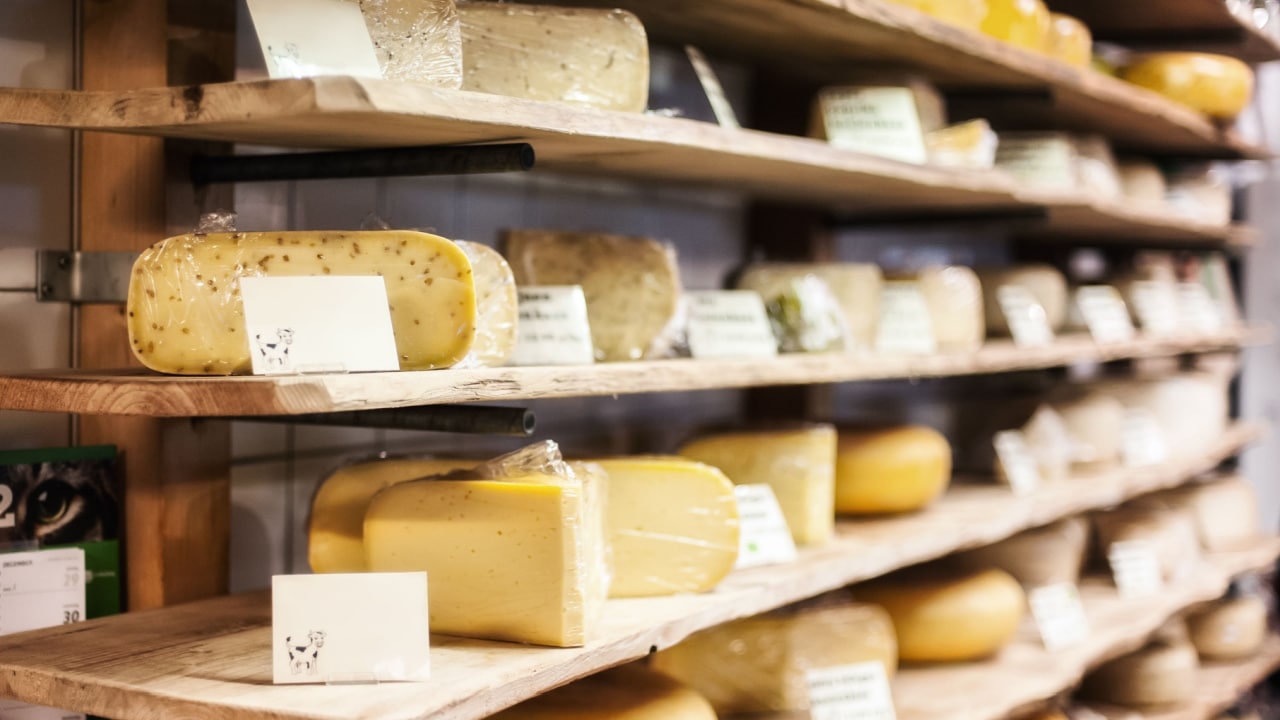
While artisan cheeses offer a range of interesting flavors and textures, they can also come with a steep price. Some of these cheeses may not offer a flavor profile that justifies their cost, especially compared to more affordable but still high-quality cheeses. In my humble, cheese-loving opinion, you cannot beat a beautiful smoked cheese, Wensleydale and cranberry, or a really good blue.
9. Aged Balsamic Vinegar
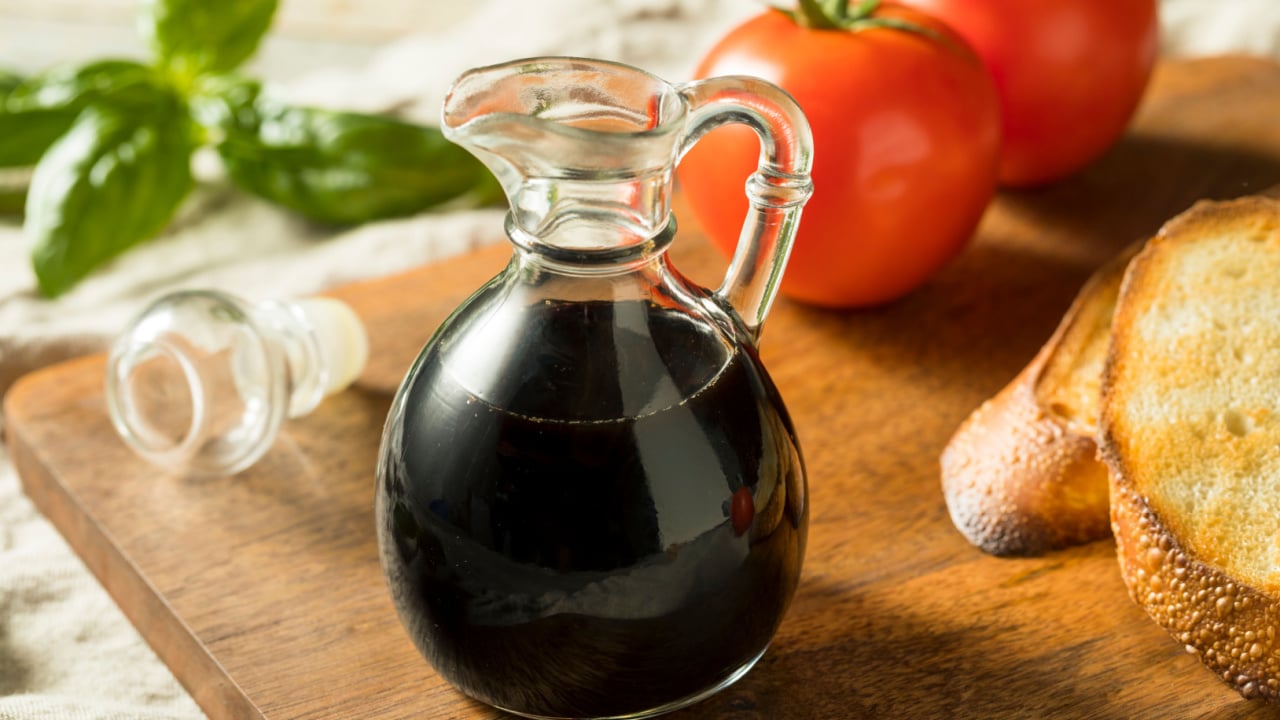
Aged balsamic vinegar is cherished for its complex flavor and syrupy consistency. However, the aging process that imparts these qualities also inflates the price. And, unless you’re a balsamic connoisseur, you won’t be able to tell the difference, making less expensive vinegar a more cost-effective yet still delicious choice.
10. Foie Gras
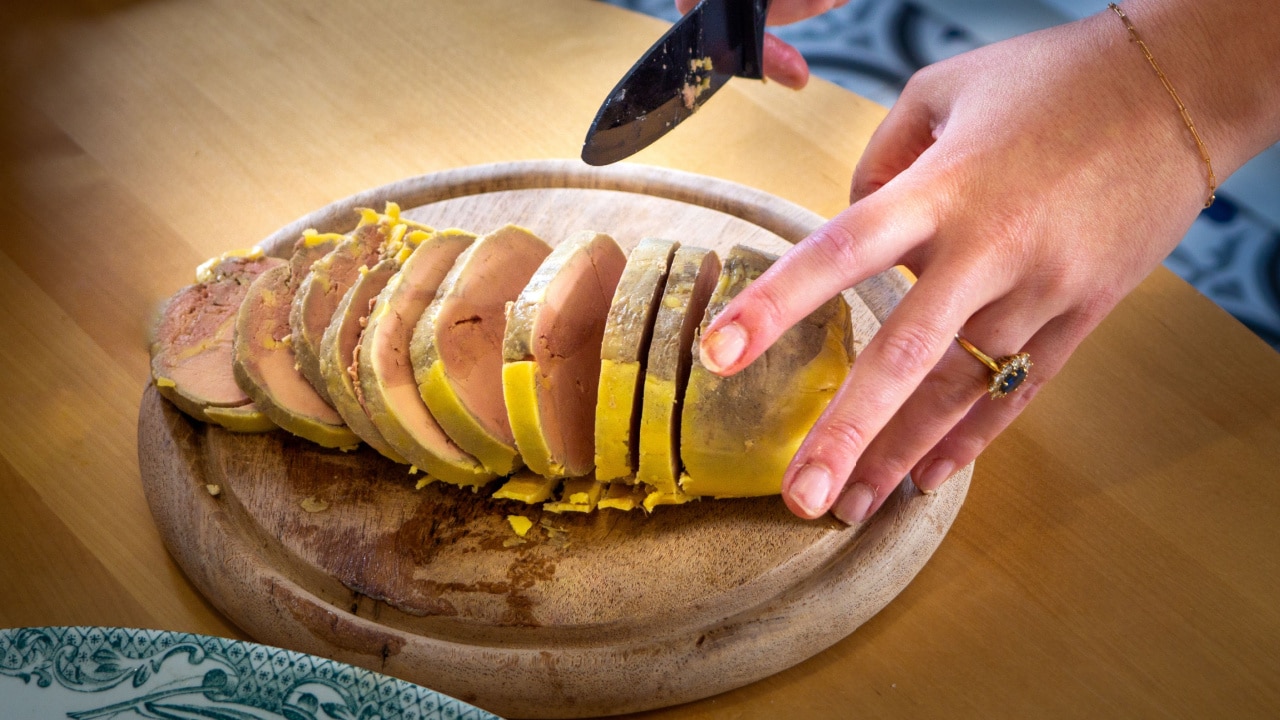
Foie gras, made from the liver of ducks or geese, is a controversial luxury food due to ethical concerns regarding its production. Aside from this, foie gras is extremely expensive, and its rich, buttery flavor isn’t universally appealing, making it a questionable splurge for many.
11. Exotic Mushrooms
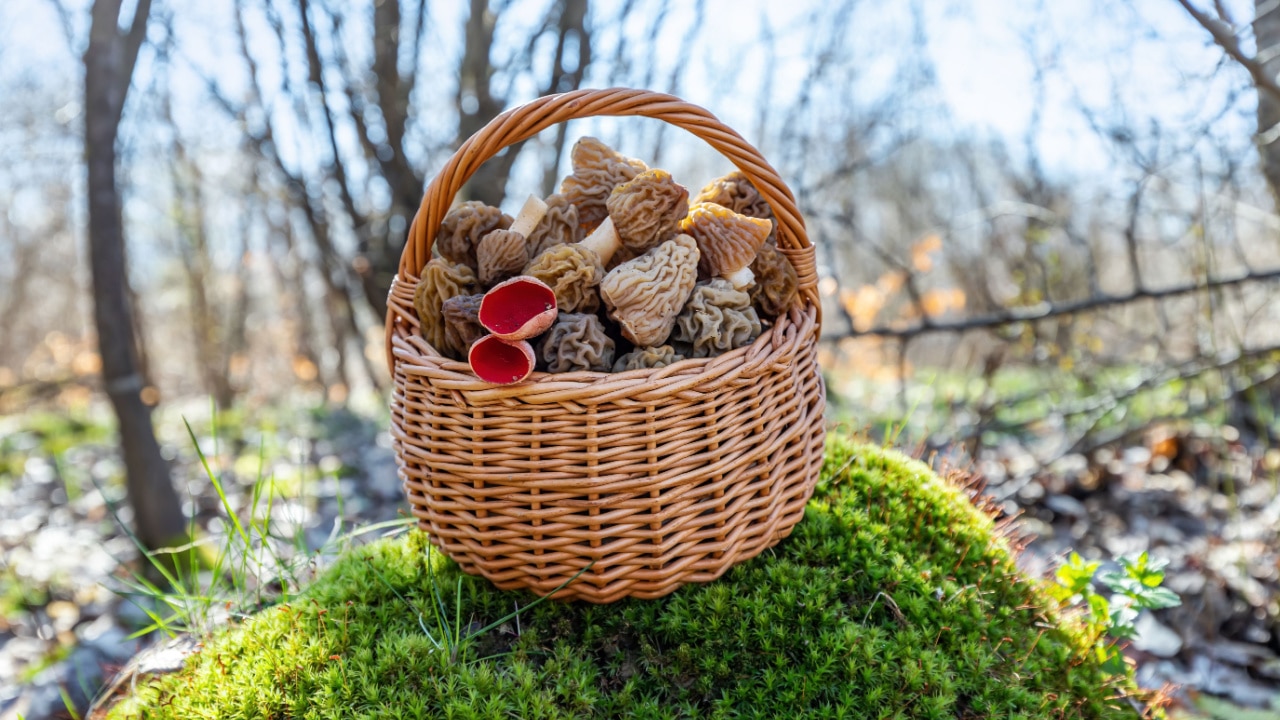
Exotic mushrooms like morels or chanterelles are prized in gourmet cooking for their unique flavors. While they are a delightful treat, their high cost makes them an impractical choice, especially when other mushrooms are more widely available, have their own delicious flavors, and cost much less.
12. Gourmet Olive Oil
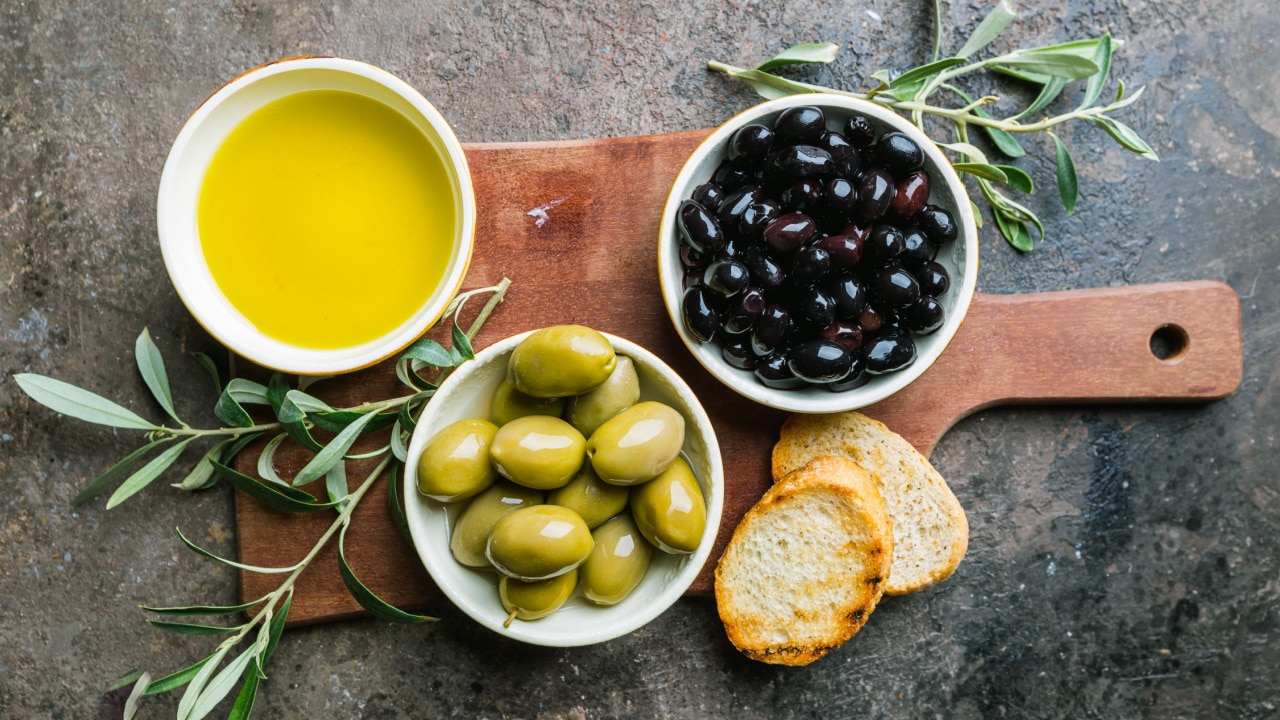
High-end gourmet olive oils can command a premium, but for everyday cooking, a good quality but more reasonably priced olive oil is a better option, as most of us wouldn’t be able to tell the difference anyway. If you’re a fan of flavored olive oils, create your own, or season the plain oil in the pan you’re cooking in by adding fresh herbs and spices.
13. Designer Cupcakes

Designer cupcakes, often adorned with elaborate decorations and unique flavors, are a trendy dessert option. While they’re nice as an occasional treat, they’re really overpriced. Particularly as you’ll often find it’s a case of style over substance – with the focus more on appearance than taste. Homemade or simpler cupcakes satisfy your sweet tooth just as effectively at a fraction of the cost.
14. Edible Flowers
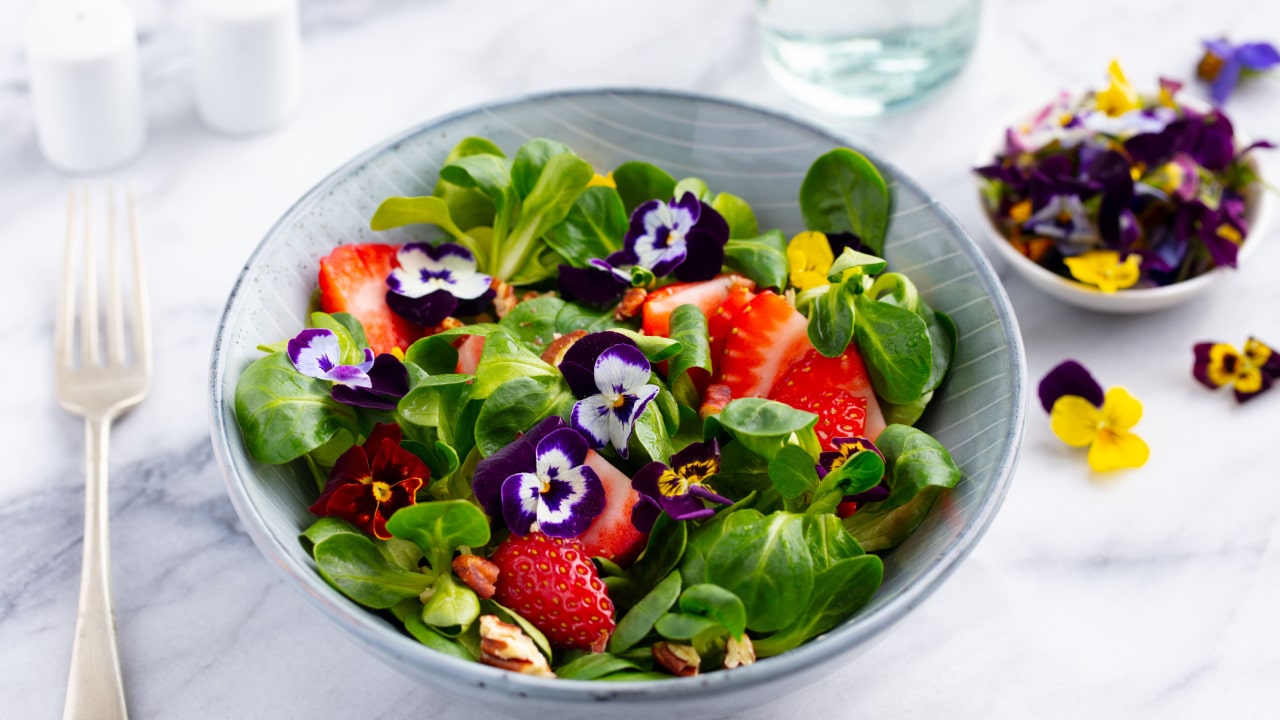
Edible flowers are used in gourmet dishes for their aesthetic appeal. While they add a beautiful touch to dishes, their flavor contribution is usually minimal, making them an extravagant and non-essential garnish for those mindful of their food budget. Some flowers do have a distinctive taste, though, like nasturtiums. If you do want to add flowers to your dishes, grow plants with edible flowers yourself for a fraction of the cost.
15. Specialty Coffee Beans

Specialty coffee beans, particularly those from rare or single-origin sources, are really pricey. While they offer unique flavors for coffee enthusiasts, the price difference compared to quality mainstream beans might not be worth it for the average coffee drinker, especially when brewed in common home coffee machines. Don’t get me wrong – I’m definitely a coffee snob. I hate cheap, bad coffee. But most of the really high-end varieties I’ve tried are nothing overly special. Even the ones that are really tasty don’t, in my opinion, warrant the cost.
